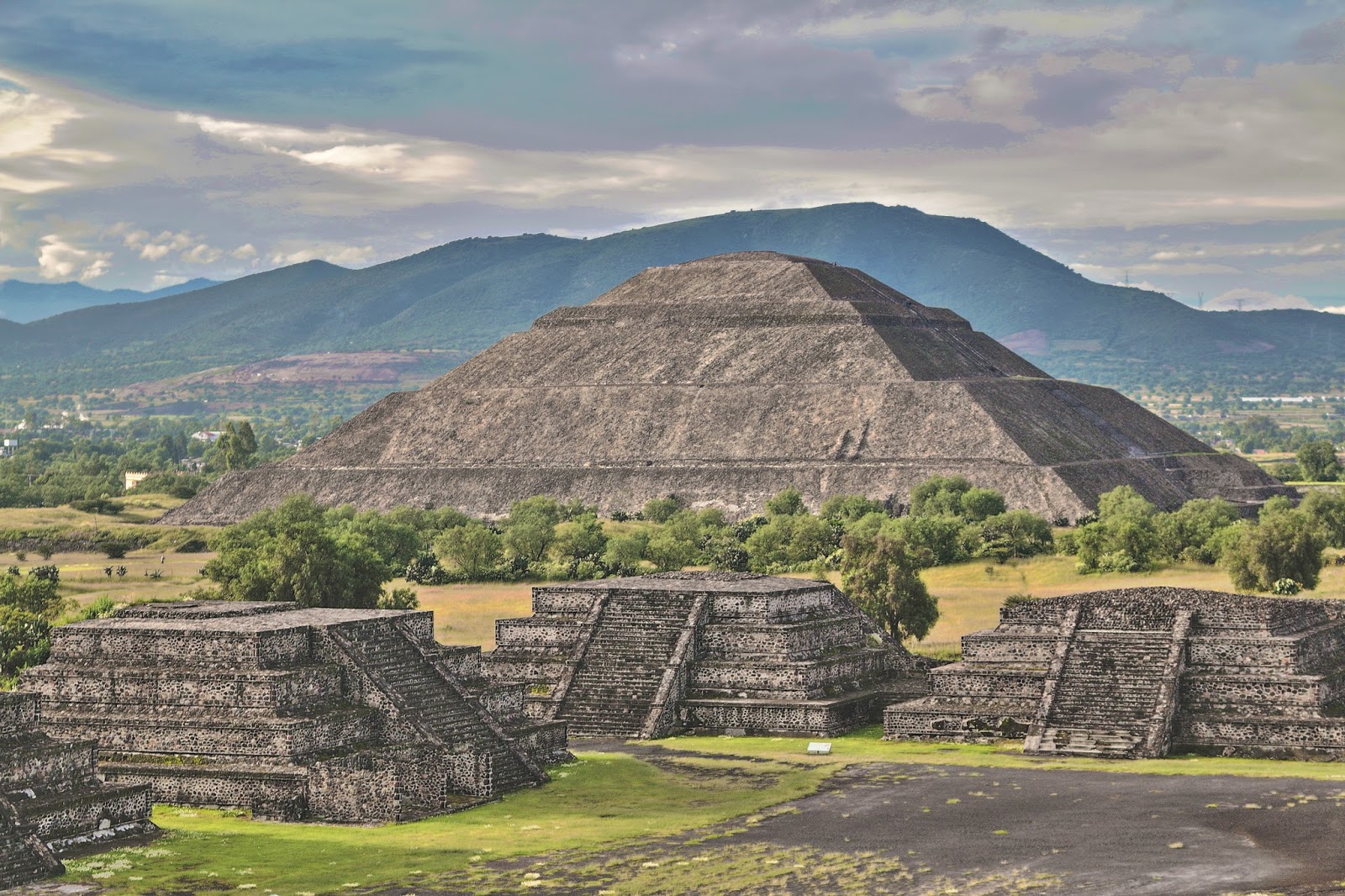
Tlazolli
The concept of tlazolli usually translates to ‘filth’, ‘excrement’, or ‘that which is used up’. Sometimes it’s been described similarly to the Christian concept of sin. However, these are oversimplifications, and the word can be better understood as a metaphor for impurity and disorder. Still, it possesses a dual nature – tlazolli encompasses both that which has been disordered, and that which is then ready to be ordered again. In this way, tlazolli also refers to raw material, and thus raw creative potential.
What is tlazolli?
Tlazolli derives from the prefix tlah- (thing) and the suffix -zolli (old, dirty, worn out, exhausted, deteriorated). In its most literal, it refers to something used up, out of place, something that has lost its original order or structure and has been rendered “loose and undifferentiated matter”; in this manner, it refers to material substances such as muck, dirt, broken sherds, dust, excrement, sweat or things swept up with a broom that made one physically “dirty”. As such, it exists at the opposite end of a continuum from that which is clean, well-ordered, well-arranged, well-integrated – that is, stuff in place.
It is also used in moral discourse to describe the consequences of bad behavior. Moral, social, and sexual transgressions are also major sources of corrupting tlazolli. For the ancients, this included adultery and prostitution.
Tlazolli also has positive connotations. It can be seen as a powerful, sacred, vital and essential aspect of the cosmos. From tlazolli comes order, purity and life. Sacred maize grows from compost, for instance, just as artfully woven fabric is made from raw, unspun cotton. In this way, purity/impurity, order/disorder, generation/degeneration are close to the cycle of life and death: mutually arising, interdependent, and complementary opposites. Being in a state of tlazolli is necessary part of life. We would not have order and beauty without it. But it is also necessary that we are not disordered and impure all of the time.
Historically, tlazolli was much more than just the impurity of social transgression, however. It could result in chaos, destruction, physical danger; it can earn the “anger” of the gods, the uninhibited inundation of their divine influences.
It could also be seen as contagious. Transgressive expressions of an individual could contaminate family, friends, and whole communities. An adulterer’s spouse, for example, was held to be susceptible to chahuacocoliztli, “illness due to adultery”. A disordered ruler could bring filth and affliction to his citizens. Even individuals contaminated by another’s poor conduct could fall victim to divine repercussions.
Tlazoleotl
Tlazolli falls under the domain of Tlazolteotl, the goddess responsible for sex, sexual transgression, and the pollution that results. She “inspires” excess and perversion in us. But, she is also who we seek out to rid ourselves of this negative influence.
Purification
Ritual bathing performed under the auspice of both Tlazolteotl as patron of the steam bath and Chalchiutlicue, the goddess of waters, is how we cleanse ourselves of impure and disorderly influence. The codex Telleriano-Remensis describes the presence of these deities at the bathing ceremony for newborn children, who were understood to be unclean as a result of the sexual activity of their parents.
Purification can also be sought through confessing one’s misdeeds before a priest or elder, over which Tlazolteotl in her aspect of Tlaelcuani, “filth-eater”, presides along with Tezcatlipoca as a seer into the hearts of men. Fasting and safe autosacrifice are recommended for the confessioner afterwards as well.
What is tlazolli for the modern practitioner?
We clearly have different ideas about morality, purity, and transgression than the pre-hispanic Mexica did, and the societies most of us live in do not police behavioral conduct as rigidly.
Instead of thinking of tlazolli as a repercussion of a list of specific acts, perhaps consider broad types of behavior that bring harm or disorder to you or your community instead. Poor hygiene, for example, or time-blindness, might be sources of tlazolli in your life. Less morally ambiguous acts, like infidelity, theft, or poor driving habits, would also be sources. And I'm sure many of us could point to things that our modern politicians have done that would have caused their constituents to accumulate tlazolli.
Tlazolli is a powerful, transformative and ambiguous state of being. It facilitates the process of degeneration and death, while also being the source of fertility and rebirth.
Article adapted from ‘About Tlazolli’ on Huehue Tlamanaliztli with permission from the author.
